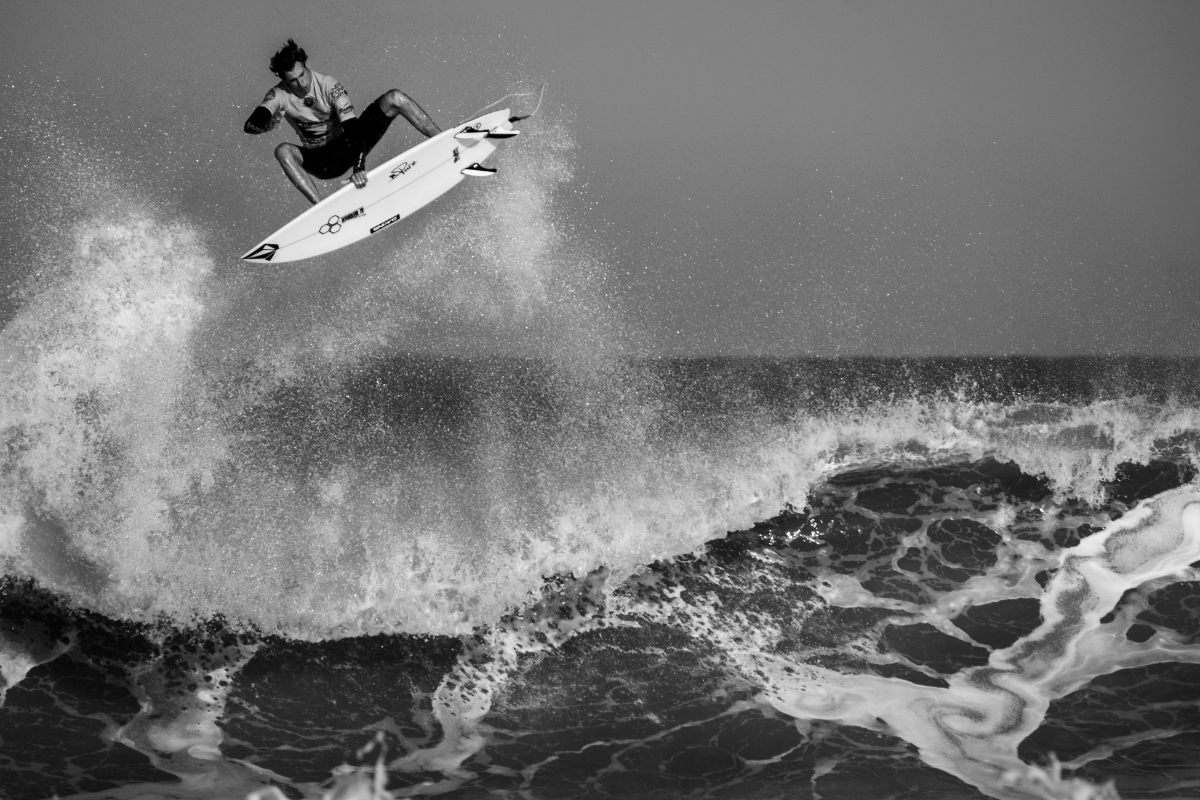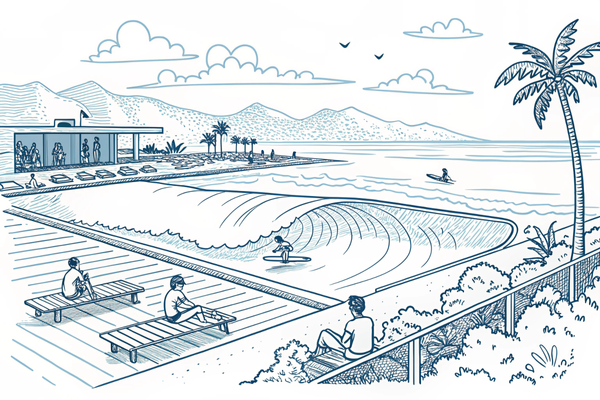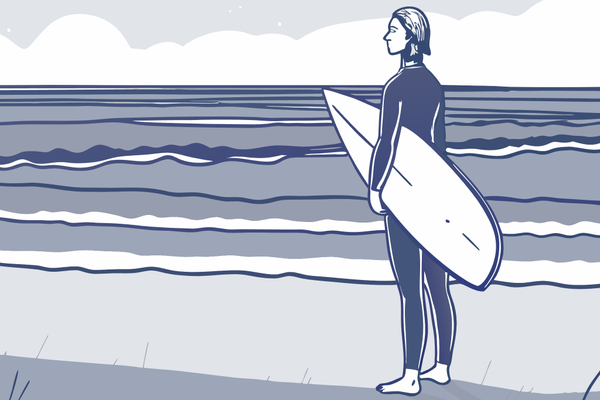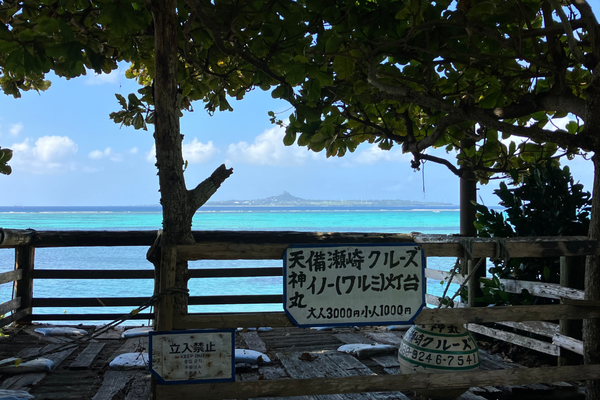Taiwan’s Surf Scene: On the Brink of Something Bigger

Each year in November, Taiwan hosts the WSL qualifying series in Taitung. Standing on the shores of Jinzun (where the resemblance to Lower Trestles is hard to ignore), watching local and international surfers carve through waves, there’s a certain energy in the air. The local lineup is full of talent, but when it comes to making waves internationally, Taiwan’s presence is still pretty quiet. So, what’s holding Taiwan back from joining the ranks of the international competitive surfing world?
To answer that, I think today it might be a good idea to dig into how the surfing world works and what opportunities Taiwan has yet to grab.
The Power Players: WSL and ISA
First, let’s break down the two main organizations that shape competitive surfing: the World Surf League (WSL) and the International Surfing Association (ISA).
The WSL is the big league. It’s where the top-tier surfers compete in the Championship Tour (CT) after battling through a tough progression system that starts with regional Qualifying Series (QS) events, then moves up to the Challenger Series, and finally to the CT itself. You can think of it as a pyramid—only the very best reach the top, and with that comes the spotlight, sponsorships, and serious prize money. "The winner takes it all." This phrase definitely applies in the global surfing game, where those at the peak enjoy the most recognition and rewards, leaving little room for up-and-comers to break through without significant support.
But here’s the catch: the WSL isn’t exactly set up for newcomers or countries still developing their surf scene. It favors those who already have access to strong surf infrastructures, experienced coaches, and enough funding to make competing a reality. For Taiwan, where the surf community is still growing and lacks these kinds of resources, that makes jumping into the WSL an uphill battle.
Now let's talk about ISA, which plays a different role. Recognized by the International Olympic Committee (IOC), the ISA focuses on building surfing at every level, from grassroots to competitive. Their events, like the ISA World Surfing Games, are designed to give up-and-coming surfers from around the world a chance to get their feet wet (literally and figuratively) on the international stage. The ISA also works with national federations to set up programs that nurture talent from the ground up.
Learning from the Greats
When we think of powerhouse surfing nations, Brazil’s rise often comes to mind. The “Brazilian Storm,” a wave of surfers who redefined competitive surfing, did not happen overnight. It was the result of targeted investment, strong community support, and a system that championed young talent early on. These surfers benefitted from a network that provided elite coaching, financial backing, and a culture of mutual encouragement.
Australia, Japan, and the United States also demonstrate similar pillars of success: deep-rooted surf communities, robust training programs, and substantial sponsorship and media coverage. These factors collectively offer a blueprint for countries looking to elevate their surfers from local heroes to international contenders.
A Path Tailored for Taiwan
For Taiwan, the ISA might be the perfect partner. While the WSL is all about fame and high-stakes competition, the ISA offers a more nurturing environment. It’s where emerging surfing nations can build a foundation without immediately facing the pressure of competing against the world’s best. Through the ISA, Taiwan could tap into coaching programs, regional competitions, and youth training projects that help bridge the gap between local enthusiasm and international readiness.
A closer look at the WSL’s pyramid structure makes it clear why it might not be the ideal starting point for Taiwan. The surfers on the CT often come from countries with solid support systems: Australia’s surf academies, Brazil’s wave-rich coastlines paired with deep community investment, and Japan’s government-backed, disciplined approach. These places have pipelines that turn groms into pros, complete with seasoned coaching, strategic training, and solid funding.
Taiwan, however, doesn’t yet have this kind of setup. Trying to go straight into the WSL without a robust local and regional competitive base would be like trying to sprint before you can walk.
The ISA Advantage
That’s where the ISA’s mission to support developing surf nations comes in. By partnering with the ISA, Taiwan can lay down the wax for a smooth ride into the competitive scene. Imagine dedicated coaching camps, training clinics, and regional events where surfers can “wade in” instead of diving headfirst. This setup gives local athletes a chance to learn without having to worry about wiping out on the big stage.
The ISA also places a strong emphasis on inclusivity, creating opportunities for surfers from all backgrounds. For Taiwan, where the goal is to foster talent and build a resilient surfing culture from the grassroots up, this focus is a perfect fit.
Building Toward the Future
On a windy afternoon by the Taitung shoreline, it’s easy to see the potential. The waves are there, breaking consistently, and the surfers chase them with determined enthusiasm. The dream of a more prominent, competitive surf scene in Taiwan feels within reach. But turning that dream into reality will require a thoughtful strategy that leverages the strengths of organizations like the ISA.
The road to success won’t be instant, but with the right partnerships and a strong foundation, Taiwan’s surfers could soon go from hopeful locals to international contenders. And one day, who knows? We might just see a Taiwanese surfer on the WSL podium—or even standing tall with an Olympic medal around their neck.



